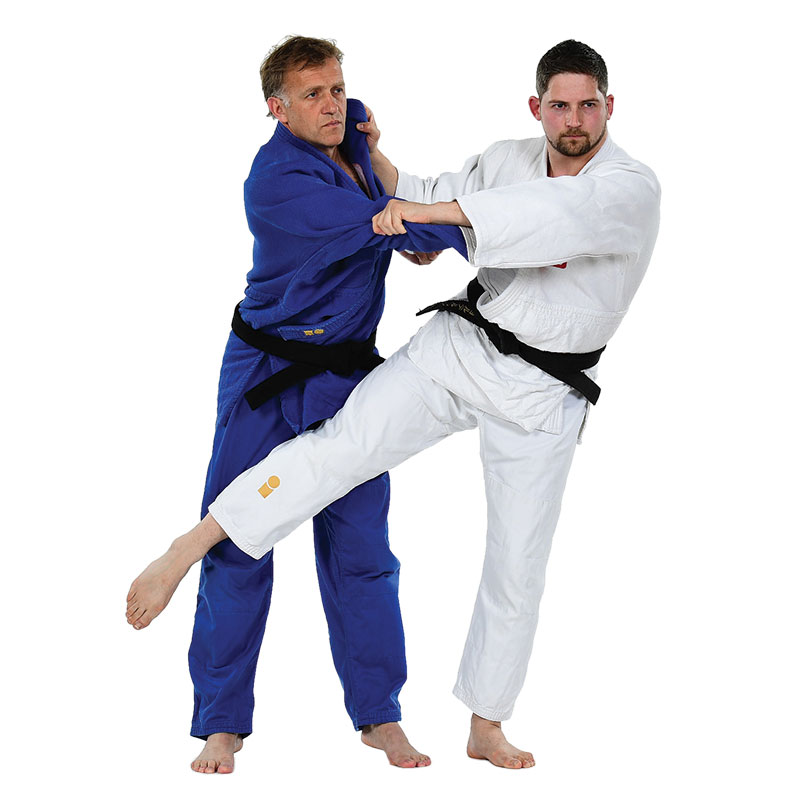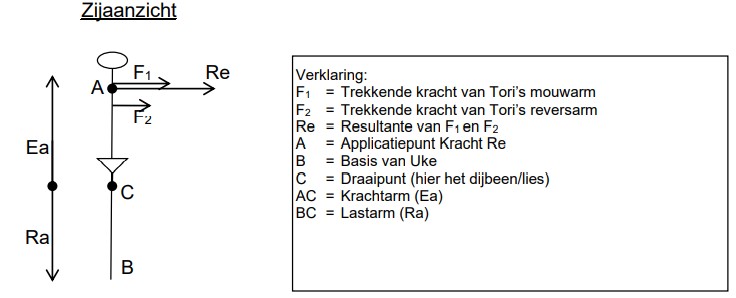O-guruma 大車
Large Wheel
Classification: Ashi-waza (leg technique)
Japanese meaning:
-
Ō = big, large
-
Guruma = wheel
Technical Description
O-guruma is a powerful leg technique where the opponent is thrown in a wide circular motion, similar to the turning of a large wheel.
The sequence of execution is as follows:
-
Uke steps forward with the right foot, initiating movement.
-
Tori redirects uke’s motion toward uke’s front-right corner to break balance (kuzushi).
-
Simultaneously, tori rotates leftward, extending the right leg across uke’s lower abdomen and upper thighs—just above the groin line.
-
The sweeping leg becomes the pivot axis, while tori’s arms rotate and pull uke downward, lifting uke off the ground in a circular arc.
O-guruma works especially well when performed from a mawari-komi entry—also known as a cross-step or rotational step—which naturally leads uke into the sweep and maximises rotational momentum.

Biomechanics of O-guruma
This technique functions as a lever (hefboommechanisme).
-
Pivot point (C): Tori’s extended leg blocks uke high on the thighs near the groin, acting as the fulcrum.
-
Force vectors (F1 + F2): Tori’s arms execute a coordinated pulling and rotating motion, guiding uke over the leg.
-
The throw is completed by swinging the leg up and backward, lifting uke off the mat in a sweeping arc.
The synergy of the circular lower-body motion and rotational upper-body force mirrors the turning of a great wheel—hence the name.

Did You Know?
O-guruma is the sixth technique in the fourth group (Dai Yonkyo) of the traditional Gokyo no Waza, a classification system created by Jigoro Kano in 1895 to systematically teach and preserve judo’s core techniques.
The “wheel” (guruma) motif is used in several judo techniques, often to describe throws that involve rotational motion over a fixed axis—other examples include Kata-guruma (shoulder wheel) and Ashi-guruma (leg wheel).